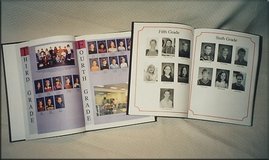
In order for your yearbook design team to have every picture they could possibly need is only going to happen if you take the pictures. Taking lots of pictures may seem like a given when it comes to high school yearbook requirements, but you would be surprised what those students in charge of taking the pictures will find to do instead of their duties.
Here's how it breaks down: Your yearbook is only going to be as good as you make it. You're in the yearbook class, and it's your responsibility to take those photographs. If you ever find yourself in the position of being one of three students who are supposed to be taking pictures, assume that you are the only one who is actually bothering to take the pictures.
An event only really needs one photographer to capture everything clearly. The problem that occurs these days is that the photographer becomes too engrossed in the activity at hand, and forgets to take the pictures! Whether you are cheering for the team at the Homecoming game, or texting your friends, you're missing photos that could be vital for the yearbook design.
It is important that you understand that simple concept. If you don't take the pictures, they can't be in the yearbook. When the principal takes a pie to the face, you don't want to be nose-deep in your smart phone. He will have the pie tin off and be wiping the whipped cream away before you can turn your camera on.
If you assume that you are the only student who is taking your photography duties seriously, then you know that the pictures will be there when the time comes. When it turns out the other two students were taking pictures too, then you will have plenty of angles to pick from. If not, at least you managed to capture that priceless moment where the principal was cringing as the pie was in mid-air.
Whether you are carrying your own personal digital camera, or using one that the high school yearbook committee has provided, you need to know how it works. Take the time to get familiar with the camera before the big event comes around.
Understand how to change the settings, turn off the flash, and which light means low batteries. This intimate knowledge of your camera, even a borrowed one, will make a difference in the photos available for your yearbook design team.
And while we're at it, we here at Expressly Yours can't stress to you enough the importance of using an actual digital camera for taking those yearbook design photos. Yes, we know your cell phone has a camera. What your cell phone doesn't do is zoom, adjust shutter speeds, have easy to operate flashes, or create pictures in a usable yearbook format. You'll find that whole useable format part to be slightly important for your high school yearbook creation.
Here's how it breaks down: Your yearbook is only going to be as good as you make it. You're in the yearbook class, and it's your responsibility to take those photographs. If you ever find yourself in the position of being one of three students who are supposed to be taking pictures, assume that you are the only one who is actually bothering to take the pictures.
An event only really needs one photographer to capture everything clearly. The problem that occurs these days is that the photographer becomes too engrossed in the activity at hand, and forgets to take the pictures! Whether you are cheering for the team at the Homecoming game, or texting your friends, you're missing photos that could be vital for the yearbook design.
It is important that you understand that simple concept. If you don't take the pictures, they can't be in the yearbook. When the principal takes a pie to the face, you don't want to be nose-deep in your smart phone. He will have the pie tin off and be wiping the whipped cream away before you can turn your camera on.
If you assume that you are the only student who is taking your photography duties seriously, then you know that the pictures will be there when the time comes. When it turns out the other two students were taking pictures too, then you will have plenty of angles to pick from. If not, at least you managed to capture that priceless moment where the principal was cringing as the pie was in mid-air.
Whether you are carrying your own personal digital camera, or using one that the high school yearbook committee has provided, you need to know how it works. Take the time to get familiar with the camera before the big event comes around.
Understand how to change the settings, turn off the flash, and which light means low batteries. This intimate knowledge of your camera, even a borrowed one, will make a difference in the photos available for your yearbook design team.
And while we're at it, we here at Expressly Yours can't stress to you enough the importance of using an actual digital camera for taking those yearbook design photos. Yes, we know your cell phone has a camera. What your cell phone doesn't do is zoom, adjust shutter speeds, have easy to operate flashes, or create pictures in a usable yearbook format. You'll find that whole useable format part to be slightly important for your high school yearbook creation.
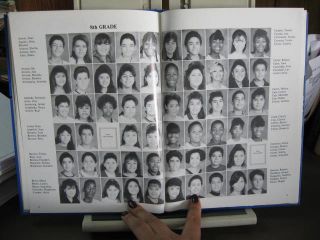
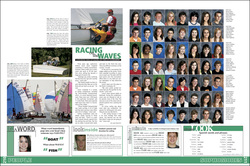
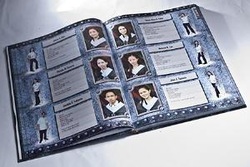
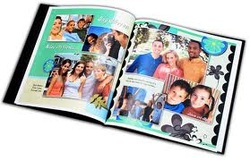
 RSS Feed
RSS Feed